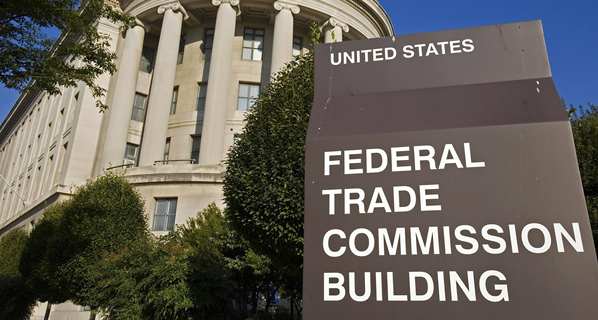Tonight (Friday), the US will release the April non-farm payrolls report. Market focus will likely be on unemployment and wage growth. The U.S. unemployment rate may slip to 3.5% in April, the lowest level since the 1960s. Continued strong demand for workers, combined with labor shortages, could keep unemployment at unusually low levels. In turn, low unemployment is driving wage growth, which in turn supports higher inflation.

Previously, Powell revealed that the data benchmark job vacancy rate and unemployment rate to observe the direction of the Fed's policy in the future are of great significance this week, and it is likely that the Fed's next interest rate decision will be made. Continued declines in unemployment could complicate the Fed's fight against inflation. Such strong demand for workers could spark faster wage growth at a time when the Fed is already struggling to contain the highest inflation in four years. It is unlikely that U.S. inflationary pressures will weaken significantly or that the risk of a recession will rise significantly in the near term. As a result, the Fed will remain under pressure to significantly raise interest rates for the foreseeable future.
At 21:15, FOMC permanent voting committee, New York Fed President Williams delivered a speech. Williams previously said his baseline assumption is that the neutral rate remains in the low 2-2.5% range. 23:00, Bank of England member Tenreyro delivered a speech. The Bank of England's policy statement on Thursday highlighted downside risks to the economy. Institutional analysis pointed out that the Bank of England's forecast of economic contraction next year shows that the economy cannot withstand the policy tightening shown by market pricing. If a hard landing is predicted, it means that interest rates will not remain high for long.
Leave a Reply